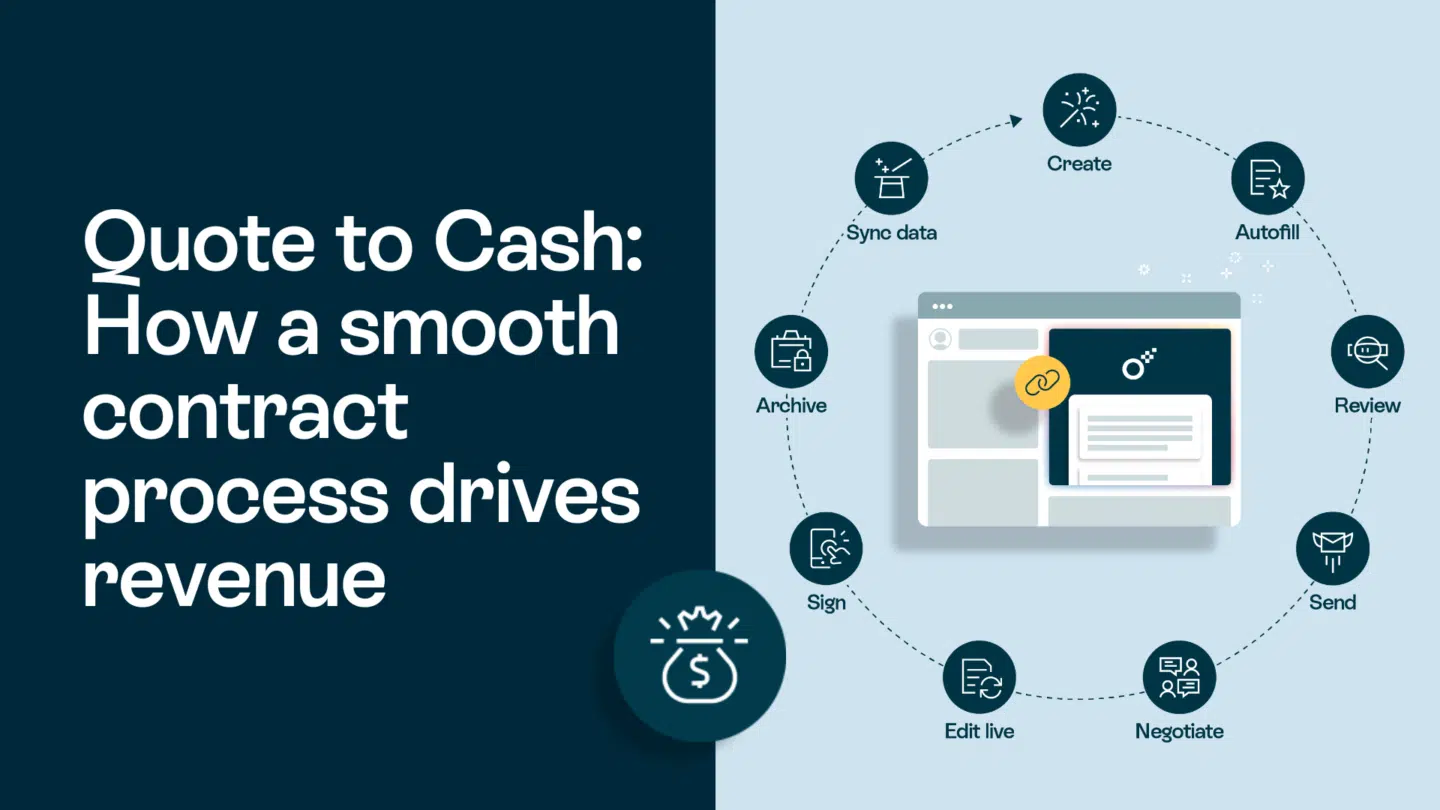When it come to procurement, acronyms like RFP, RFQ and RFI can be overwhelming. Among the most crucial are RFP, RFQ, and RFI. These three terms play pivotal roles in the procurement process, each serving distinct purposes. Understanding their differences and how to leverage them can significantly streamline procurement efforts, ensuring optimal outcomes for businesses. Let’s delve deeper into each of these procurement instruments to grasp their nuances and strategic applications.
What is an RFP (Request for Proposal)?
An RFP, short for Request for Proposal, is a formal document issued by an organization to solicit proposals from potential vendors or service providers for a specific project or business need. The RFP serves as a detailed roadmap outlining the requirements, specifications, evaluation criteria, and other pertinent information essential for vendors to comprehend the scope of work.
Why use an RFP?
- Comprehensive Requirements: An RFP provides a comprehensive overview of the project’s objectives, allowing vendors to tailor their proposals accordingly.
- Vendor Selection: It facilitates a structured approach to vendor selection by enabling organizations to evaluate proposals based on predefined criteria.
- Transparent Process: RFPs promote transparency in the procurement process, ensuring fairness and impartiality in vendor selection.
Key Elements of an RFP:
- Project Overview: A detailed description of the project scope, objectives, and expected outcomes.
- Technical Specifications: Precise requirements and technical specifications essential for understanding the project’s intricacies.
- Evaluation Criteria: Criteria used to assess and compare vendor proposals, such as pricing, experience, qualifications, and methodology.
- Timeline and Deliverables: Clear timelines, milestones, and deliverables to manage project expectations and deadlines.
- Terms and Conditions: Legal and contractual terms governing the relationship between the organization and vendors.
Read also: Flow through the sales cycle

Understanding RFQs (Request for Quote)
RFQ, or Request for Quote, is a solicitation document utilized when an organization intends to procure goods or services and seeks price quotations from potential vendors. Unlike the comprehensive nature of an RFP, an RFQ primarily focuses on obtaining pricing information from vendors.
Why use an RFQ?
- Efficient Pricing Comparison: RFQs streamline the process of comparing prices from multiple vendors, enabling organizations to identify cost-effective solutions.
- Simplicity and Clarity: RFQs are concise and straightforward, making them ideal for procurement needs where specifications are well-defined, and the primary consideration is pricing.
- Cost Control: By soliciting competitive quotes, organizations can negotiate favorable terms and achieve cost savings.
Key Components of an RFQ:
- Product or Service Description: A brief description of the goods or services required, including any relevant specifications or standards.
- Quantity Required: The quantity of goods or services needed, specifying any variations or customization requirements.
- Price Quotation Format: Instructions for vendors to submit pricing information, including unit prices, total costs, and any applicable discounts or terms.
- Delivery Terms: Requirements regarding delivery schedules, shipping methods, and any associated costs or responsibilities.
- Terms and Conditions: Legal and contractual terms governing the purchase, payment terms, warranties, and liability provisions.
Read also: The ultimate guide to proposal management

Exploring RFIs (Request for Information)
RFI, or Request for Information, serves as a preliminary document used by organizations to gather information about products, services, or potential solutions from vendors. Unlike RFPs or RFQs, RFIs do not typically include specific requirements or solicit proposals or price quotes. Instead, they aim to gather general information to inform decision-making processes.
Why use an RFI?
- Market Research: RFIs help organizations conduct market research and gather insights into available products, services, and industry trends.
- Vendor Assessment: They enable organizations to assess vendor capabilities, expertise, and potential fit for future projects or partnerships.
- Risk Mitigation: RFIs provide an opportunity to identify potential risks, challenges, and opportunities associated with specific products or services before committing to a procurement process.
Key Elements of an RFI:
- Introduction and Purpose: An overview of the organization’s objectives and the purpose of the RFI, including any specific areas of interest or focus.
- Information Requested: Questions or prompts seeking information about vendor capabilities, experience, products, services, pricing models, and other relevant details.
- Response Format: Instructions for vendors to respond to the RFI, including preferred formats, submission deadlines, and contact information.
- Confidentiality and Data Security: Guidelines regarding the handling of sensitive information and confidentiality provisions to protect proprietary data.
- Next Steps: Information about the organization’s intended use of the responses received, including any follow-up actions or future procurement processes.
Read also: All you need to know about Procurement and Oneflow
The key takeaways
In the intricate landscape of procurement, mastering the nuances of RFP, RFQ, and RFI can be a game-changer for businesses seeking optimal outcomes. By understanding the distinct purposes and strategic applications of these procurement instruments, organizations can streamline their procurement processes, enhance vendor relationships, and drive value across their operations. Whether it’s soliciting comprehensive proposals, comparing pricing options, or conducting market research, leveraging RFPs, RFQs, and RFIs effectively can empower organizations to make informed decisions and achieve procurement success.







